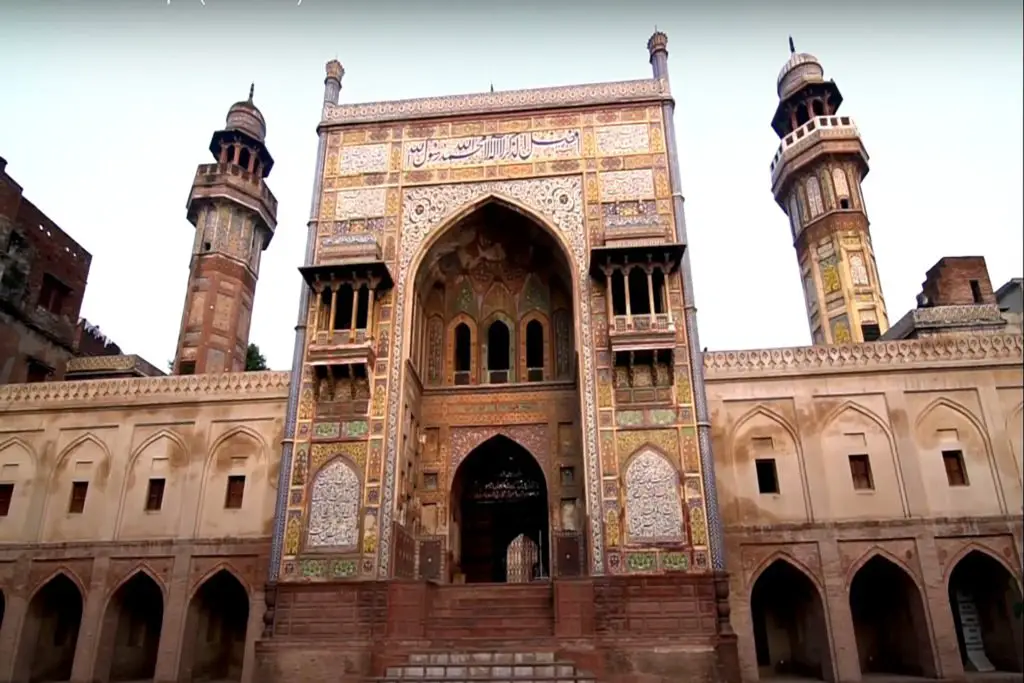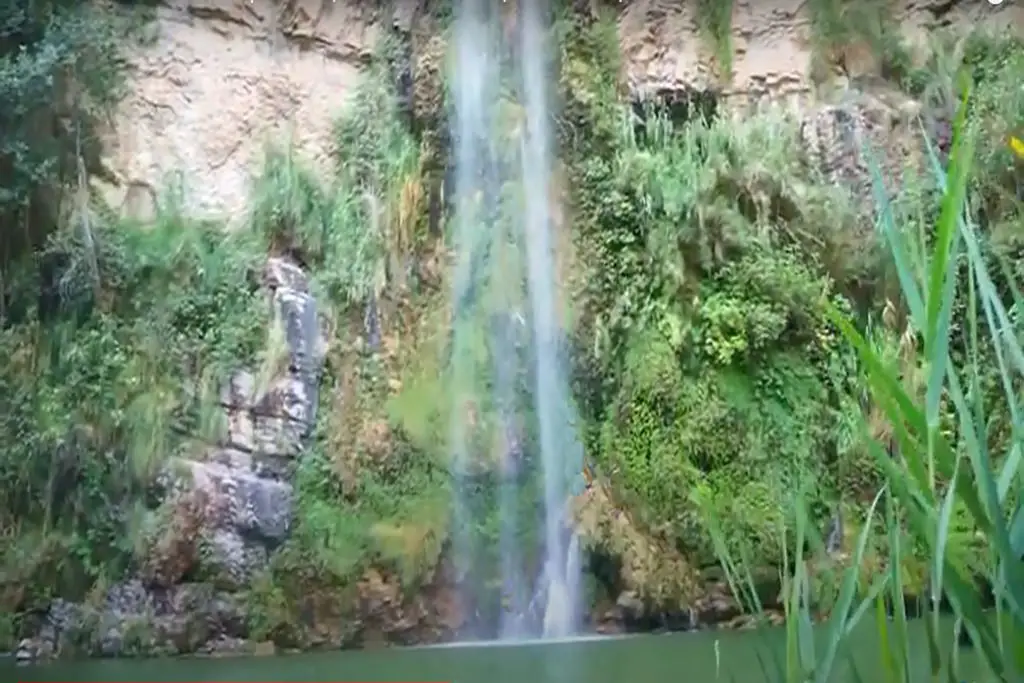Mirgarh Fort, also known as Mirgarh Qila, is a historic fortress located in Bahawalpur, Pakistan. Mirgarh Fort stands as a testament to the region’s rich historical heritage. This ancient monument, though obscured by time and neglect, bears witness to centuries of history, leaving visitors intrigued and captivated. In this article, we embark on a journey to explore the enigmatic charm and historical significance of Mirgarh Fort.
Mirgarh Fort History
The fort was built in the early 19th century by Nawab Muhammad Bahawal Khan I to protect the city from external threats. It is located about 30 kilometers from the city of Bahawalpur and is a popular destination for tourists interested in the history and culture of the region.
The fort is situated on a hill overlooking the surrounding plains and is made of red sandstone, which gives it a unique and imposing appearance. It is a rectangular structure with four towers at the corners and a central courtyard that was used for public gatherings and ceremonies. The fort is surrounded by a moat, which was used as a defense mechanism to protect against intruders.
One of the most striking features of the fort is the intricate carvings that adorn its walls and ceilings. These carvings are a testament to the incredible skill of the local craftsmen who were able to create such beautiful designs using only hand tools. Visitors can spend hours admiring the intricate details of these carvings, which include floral patterns, geometric designs, and calligraphic inscriptions.
The fort also houses a museum that showcases the history and culture of the Bahawalpur region. The museum has a collection of artifacts, including weapons, pottery, and household items, that provide insight into the daily lives of the people who lived in the area centuries ago. Visitors can also learn about the various rulers who have controlled the region over the years, including the Abbasi family, who were the founders of the Bahawalpur state.
Pictures Gallery – Mirgarh Fort























About Mirgarh Fort
A Forgotten Gem: Located approximately 15 km from Fort Abbas in South Punjab, Mirgarh Fort remains a hidden gem awaiting rediscovery. Despite its age and cultural importance, the fort has suffered from neglect, leaving it shrouded in mystery and obscurity.
Origins and Historical Context: Mirgarh Fort, believed to have been built around 600 years ago, holds a captivating history that has faded with time. Unfortunately, due to a lack of documented records, the fort’s origins, purpose, and the circumstances of the area during its heyday remain largely unknown. This air of mystery adds to its allure and invites speculation and imagination.
Architectural Features: While the fort has fallen into disrepair, its remnants provide glimpses of its past grandeur. The imposing walls, standing at approximately 28 feet high, showcase the architectural finesse of the time. The rounded corners of the structure add a touch of elegance and uniqueness. Despite its deteriorated state, the fort’s layout and architectural elements hint at its former glory.
Tales of Neglect: Sadly, the fort has endured years of neglect and lack of preservation efforts. The absence of documentation and guidance from the archaeological department has further contributed to its fading legacy. Stolen main gates, crumbling walls, and a deteriorating roof bear witness to the fort’s sorry state. Such neglect leaves visitors disheartened and emphasizes the need for immediate action.
A Call for Restoration: Mirgarh Fort’s dilapidated condition and the wider neglect of historical monuments in South Punjab call for urgent attention. It is imperative that the concerned authorities take swift action to preserve and restore this architectural marvel. Restoration efforts, coupled with visitor facilities and informative signboards, can revive the fort’s legacy, allowing it to once again share its history with curious visitors.
Unlocking South Punjab’s Cultural Heritage: The plight of Mirgarh Fort highlights a larger issue of neglect faced by historical monuments in South Punjab. These sites hold immense cultural and historical value, providing a glimpse into the region’s past. By investing in preservation, promotion, and visitor amenities, South Punjab can unlock its rich heritage, attracting tourists, researchers, and history enthusiasts.
- Mirgarh Fort stands as a forgotten gem in South Punjab, bearing the weight of centuries of history and intrigue. Despite its current state of disrepair, the fort holds the potential to become a beacon of cultural heritage and a source of pride for the region. By recognizing the fort’s significance, allocating resources for restoration, and raising awareness about South Punjab’s historical treasures, we can ensure that Mirgarh Fort regains its rightful place as a symbol of the region’s rich past and an inspiration for future generations.
Another notable feature of the fort is the view it provides of the surrounding countryside. Visitors can climb to the top of the towers and take in the panoramic views of the plains below. The fort is especially beautiful at sunset, when the red sandstone glows in the fading light.
In summary, Mirgarh Fort is an impressive and historically significant structure that is well worth a visit for anyone interested in the rich culture and history of Pakistan. Its stunning architecture, intricate carvings, and panoramic views make it a must-see destination for tourists visiting the Bahawalpur region.
Mirgarh Fort stands as a forgotten gem in South Punjab, bearing the weight of centuries of history and intrigue. Despite its current state of disrepair, the fort holds the potential to become a beacon of cultural heritage and a source of pride for the region.
By recognizing the fort’s significance, allocating resources for restoration, and raising awareness about South Punjab’s historical treasures, we can ensure that Mirgarh Fort regains its rightful place as a symbol of the region’s rich past and an inspiration for future generations.







